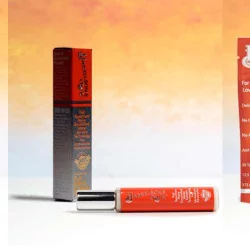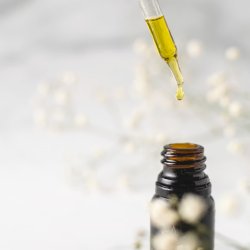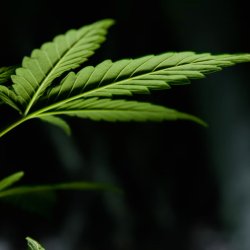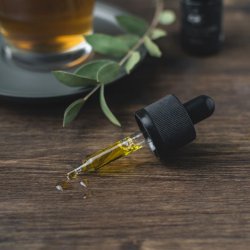How to Extract Hemp Oil at Home
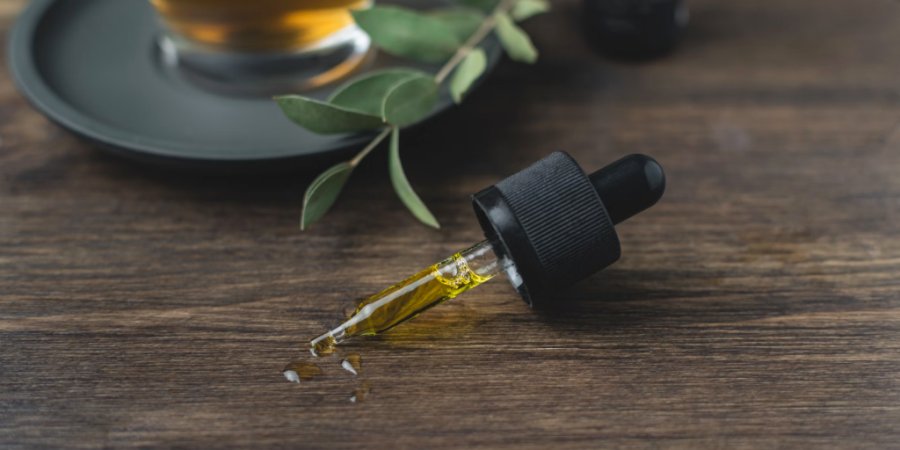
Hemp oil, a product of the versatile hemp plant, has been gaining traction due to its myriad potential health benefits. While hemp seed oil is derived from the seeds and often finds its way into foods and skincare products, CBD hemp oil is extracted from the hemp buds and offers a distinct set of advantages. If you're curious about crafting your own hemp oil at home, this guide is for you.
Introduction: The Allure of Hemp Oil
Derived from the hemp plant, hemp oil has become a household name in natural remedies. Its potential health benefits range from pain relief to improved heart health. With the rising interest in natural and organic remedies, understanding the extraction process of hemp oil can be both enlightening and rewarding.
The Benefits of Making CBD Oil at Home
Making your own CBD oil at home offers several advantages:
- Cost-Effective: It's often less expensive than buying pre-made products.
- Control Over Ingredients: You know exactly what's going into your oil.
- Customization: You can adjust the potency and flavor to your liking.
Getting Started: Choosing the Right Ingredients
Before diving into the extraction process, it's pivotal to have the right ingredients on hand:
- Hemp Buds: 1 ounce (28 g) or, if you're leaning towards CBD, 0.04 ounces (1.1 g) of CBD isolate or concentrate.
- Carrier Oil: 2 cups (470 mL). Popular choices include olive oil, coconut oil, and canola oil. However, flaxseed oil, avocado oil, sunflower oil, and walnut oil are also viable alternatives.
The Preliminary Step: Preparing the Hemp Buds
- Grinding: Use tools like a coffee grinder or food processor to grind the hemp buds until they reach a fine consistency.
- Decarboxylation: This is the process of activating the CBD in hemp. Spread the ground buds on a baking sheet and bake at 225 °F (107 °C) for about an hour.
The Main Event: Extracting the Oil
- Infusion: Mix your chosen carrier oil with the decarboxylated hemp buds in a slow cooker or double boiler. Ensure the buds are submerged. Heat the mixture on low.
- Observation: Over 2-3 hours, you'll notice the oil changing to a greenish-brown color. This indicates the extraction is underway. Stir every 30 minutes.
- Separation: After cooling the mixture for about 30 minutes, strain the oil using a cheesecloth or muslin to separate the solid particles.
Preservation: Storing Your Hemp Oil
Transfer the strained oil into a clean jar or container. Mark it with the date and its contents. While hemp oil can last up to 2 months at room temperature, refrigerating it extends its life to 6 months. Always inspect for unusual odors or mold before use.
An Alternative Route: Using CBD Isolate or Concentrate
- Heat: Warm up 1 cup (240 mL) of your chosen carrier oil on low heat.
- Mix: Introduce the CBD isolate or concentrate (crushed into a fine powder) to the heated oil. Stir until the powder fully dissolves.
- Storage: After cooling, store the oil in a cool, dark place, similar to the hemp oil.
Delving Deeper: Understanding Different Extraction Methods
- Supercritical CO2 Extraction: A high-efficiency method that uses high pressure and low temperature. It's the gold standard but requires specialized equipment.
- Ethanol Extraction: More affordable but can result in a bitter-tasting oil due to ethanol's polar nature.
- Lipid Extraction: Uses fatty acids to extract hemp compounds, enhancing CBD's bioavailability.
Tips for Making CBD Oil at Home
-
Prioritize Quality: Always opt for high-quality, non-GMO, pesticide-free hemp. The quality of your starting material directly influences the final product.
-
Maintain Consistent Heat: When heating your mixture, ensure a consistent low heat. Overheating can degrade the quality of the CBD and diminish its benefits.
-
Stay Patient: The extraction process requires time, especially during the stewing phase. Rushing can compromise the oil's potency.
-
Experiment with Flavors: If you find the taste of hemp oil a bit strong, consider adding natural flavorings like mint, vanilla, or citrus extracts. This not only enhances the taste but can also provide additional therapeutic benefits.
-
Safety First: Always handle equipment with care, especially when working with heat. Ensure your workspace is well-ventilated if you're using methods that involve solvents.
-
Storage Matters: Exposure to light and air can degrade the quality of your hemp oil. Always store it in a cool, dark place in an airtight container.
-
Start Small: If it's your first time, consider making a smaller batch to get a feel for the process. This allows you to adjust and refine your technique for future batches.
-
Keep Records: Document your process, including the amount of hemp used, the type of carrier oil, heating duration, and any other variables. This can help you replicate successful batches or make adjustments in future attempts.
Remember, the key to a successful extraction is patience, quality ingredients, and attention to detail. With practice, you'll be able to produce high-quality hemp oil that caters to your preferences and needs.
The Takeaway
Creating hemp oil at home is a straightforward yet meticulous process. Whether you're using hemp buds or CBD concentrate, the quality of the ingredients is paramount. After all, the benefits of hemp oil shine brightest when the product is crafted with diligence and care.
More to Read:
Previous Posts:
